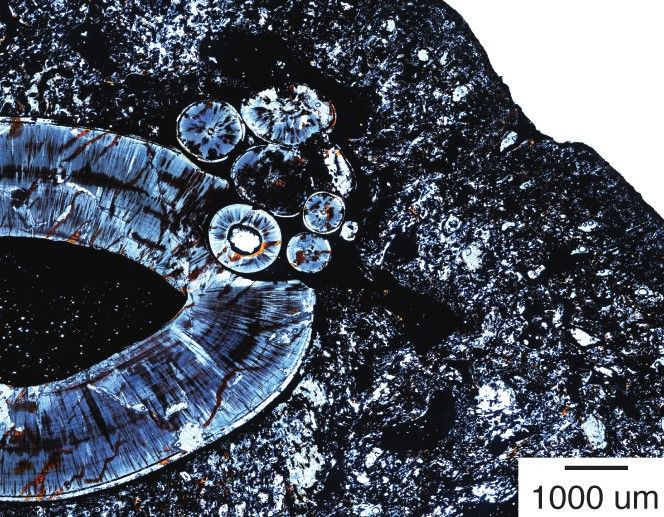Dental Tumor Found In 255 Million-Year-Old Mammalian Fossil From Tanzania

According to the National Institutes of Health, an odontoma is “an abnormal mass of calcified dental tissue, usually representing a developmental abnormality.” In other words, it is a benign tumor linked to the development of teeth, in which normal teeth tissue grows in an unusual way, and is the second-most common type of tumor associated with teeth development.
However, it has never been observed in a non-mammal species, let alone in one that lived 255 million years ago. Until now, that is. Paleontologists from the University of Washington (UW) studying the mandibles of a gorgonopsian fossil found it suffered from compound odontoma.
These animals lived in the Permian, before the dinosaurs arrived, and were among the largest predators of their time. They are classified as mammalian, meaning they are closer to mammals than to reptiles or dinosaurs, but they are not mammals. Fossils of these carnivores — they had enlarged canine teeth, akin to the Siberian tiger — have been found in Africa and Russia, and the sample that showed odontoma was found in the Ruhuhu Valley of southern Tanzania in 2007.
Judy Skog, program director in the National Science Foundation‘s Division of Earth Sciences, which funded the research, said in a statement: “Until now, the earliest known occurrence of this tumor was about one million years ago, in fossil mammals. These researchers have found an example in the ancestors of mammals that lived 255 million years ago. The discovery suggests that the suspected cause of an odontoma isn’t tied solely to traits in modern species, as had been thought.”

The study was prompted by wanting to understand the evolution of mammalian features, some of which may have been passed down to mammals, who evolved about 100 million years ago.
“Most reptiles alive today fuse their teeth directly to the jawbone. But mammals do not: We use tough, but flexible, string-like tissues to hold teeth in their sockets. And I wanted to know if the same was true for gorgonopsians,” Megan Whitney, lead author of the study and UW biology graduate student, said in the statement.
There have been previous recorded cases of odontoma in other mammals, long before humans evolved, but those are all within the last 1 million years only. However, the gorgonopsian tumor is not the oldest tumor on record. A fish had cancer 300 million years ago, and another possible case occurred as long back as 350 million years ago.
The findings were detailed in a letter titled “Odontoma in a 255-Million-Year-Old Mammalian Forebear” that was published Thursday in the Journal of the American Medical Association Oncology.
© Copyright IBTimes 2024. All rights reserved.




















